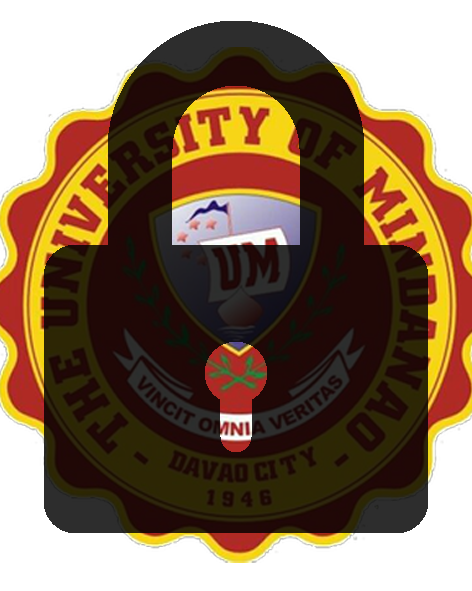Rubber seed (hevea brasiliensis) particle board development

View/
Date
2023-05Author
Chavez, Jose Marie Emmanuel
Gascal, Maria Cleofe
Keywords
Citation Tool
Metadata
Show full item recordAbstract
The efficient way to meet the increasing need for wood-based materials worldwide, using alternative raw resources such as agricultural biomass and recycled wood waste and byproducts in the manufacturing of particle board is a vital circular economy idea. In the process of making particle board, wood chips are the second most expensive component after resin, with both components accounting for more than 50% of the total cost of manufacturing. Therefore, switching from wood chips to lignocellulosic agricultural wastes might result in a large cost savings. The performance of particle board made from rubber seed (Hevea brasiliensis) and polyester resin as a binding agent was evaluated in this study. The board's physical (density, water
absorption, and thickness swelling) and mechanical (tensile strength, compressive strength, and modulus of elasticity) properties were evaluated using the American Society for Testing and Materials (ASTM) guidelines. The board's physical characteristics showed that it had much higher density and water absorption than the
conventional medium-density board, with an ideal value of 1050.458 kg/m3 and 0.427%, respectively. The findings of the thickness swelling test, however, reveal no discernible change. The board's Tensile Strength has an optimal value of 2.377 MPa in terms of mechanical attributes. The Modulus of Elasticity (MOE), however, does not adhere to any particle board norms. In conclusion, the study shows that the rubber seed has a significant impact on the particle board's physical quality and mechanical properties, it was also suitable for manufacturing the particle board.
Collections
- Undergraduate Theses [639]
Publisher
College of Engineering Education
